How To Cancel Apple News On Iphone
If the iPhone 5 was the last phone that Apple founder Steve Jobs left his fingerprints on, the iPhone 6 revealed today (two generations after the fact!) is Tim Cook's boldest step yet to distance himself from his former boss. Unlike previous Apple events, a slew of supply chain leaks have also rendered the iPhone 6 the least-surprising iPhones ever. Here's what we know so far:
What are the new phones called?
The iPhone 6 and the iPhone 6 Plus.
Why are they called that?
Apple likes differentiating its new iPhones from previous versions with numbers, sometimes letters–and now, symbols.
What do they look like?
Like this:
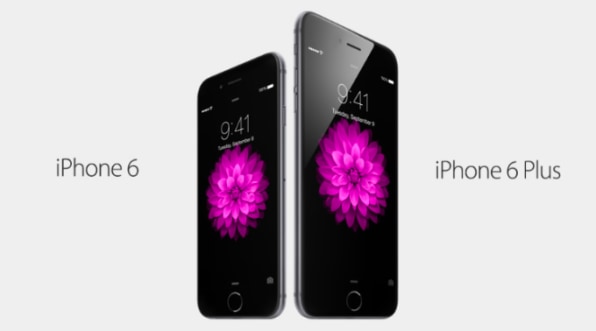
Both are made of anodized aluminum. Apple ditched the aggressive contoured edges of the last two iPhone generations for something even rounder. Friendlier. It looks like something more akin to an iPod Touch, but bigger.
The phones are also slightly thinner than previous iPhones, too (a point that Apple wanted to hammer home).
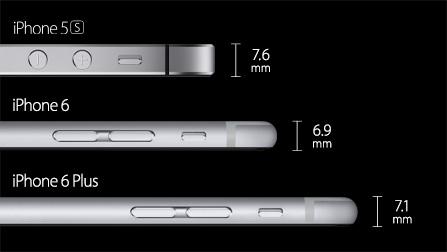
How big are the screens?
Much bigger than older iPhones. While Jobs was adamant that a 3.5-inch iPhone screen was the perfect size since you could swipe around using just your thumb, iPhone 6 touts a much larger 4.7-inch screen, putting it on par size-wise with, say, Androids like the Moto X. The display boasts more than a million pixels. The iPhone 6 Plus, on the other hand, is 5.5 inches, and has 185% more pixels than the iPhone 5s. Now, you can tilt your iPhone into landscape mode, taking advantage of the new huge display. Both are made of "ion-strengthened glass," which is said to be slightly more scratch resistant that previous models.
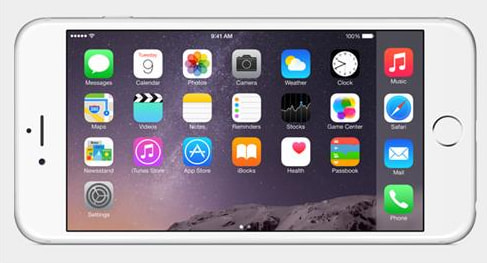
How's the battery life?
Apple says the iPhone 6 will get 50 hours of audio playback on the iPhone 6, and 80 hours on the iPhone 6 Plus. As my colleague Mark Wilson notes, "The iPhone 6 Plus screen is 89% bigger than that of the iPhone 5s, yet it only gets another hour or so of battery life. The phone itself is bigger, but Apple is not prioritizing the battery with that extra size."
What's inside of it?
Do you really care?
Yes.
Okay, fine. Both have a new A8 chip with 2 billion transistors. That means the iPhone's engine is about 13% smaller and delivers up to a 25% faster CPU. Graphics speeds are 50% faster, too. In non-tech-geek speak, it means your older phones are going to feel sluggish and inferior by comparison.
Both will have NFC capabilities built into them, too. (More on that in a bit.)
How are the cameras?
Interestingly, Apple declined to give the new iPhones a megapixel bump. The iPhone includes a 8MP iSight camera, True Tone flash, a new sensor, and a 2.2 aperture. Both phones can, according to Apple, focus twice as fast as the iPhone 5s, thanks to a featured called "phase-detection auto focus." Apple's Phil Schiller says it is akin to technology found in DSLRs.
Both will also have optical image stabilization built into them, which a lot of current phones have, Samsung's included. Both can shoot 1080p video at 30 or 60 frames per second for smooth videos, while slo-mo mode can shoot at 120 or 240 frames per second.
Wait, isn't Apple supposed to be pushing health stuff?
It is. Its M8 coprocessor–which keeps its pedometers and gyroscopes from gobbling up your battery life–was said to have gotten a small upgrade, though Apple didn't appear to give an indication of what that looked like. The new phones do include a barometer to measure your relative elevation from air pressure. Time for a trail run!
How much will the new phones cost?
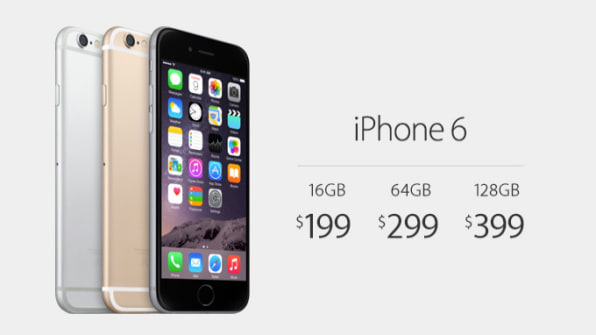
iPhone 6: $199 (16GB), $299 (64GB), $399 (128GB)
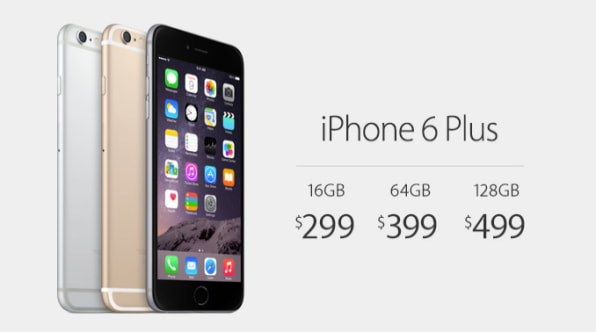
iPhone 6 Plus: $299 (16GB), $399 (64GB), $499 (128GB)
The iPhone 5s will be available for $99 with a two-year contract, while the iPhone 5c will be free. They will go on sale Sept. 19.
How To Cancel Apple News On Iphone
Source: https://www.fastcompany.com/3035365/apple-introduces-the-iphone-6-and-the-iphone-6
Posted by: mayshavessined.blogspot.com

0 Response to "How To Cancel Apple News On Iphone"
Post a Comment